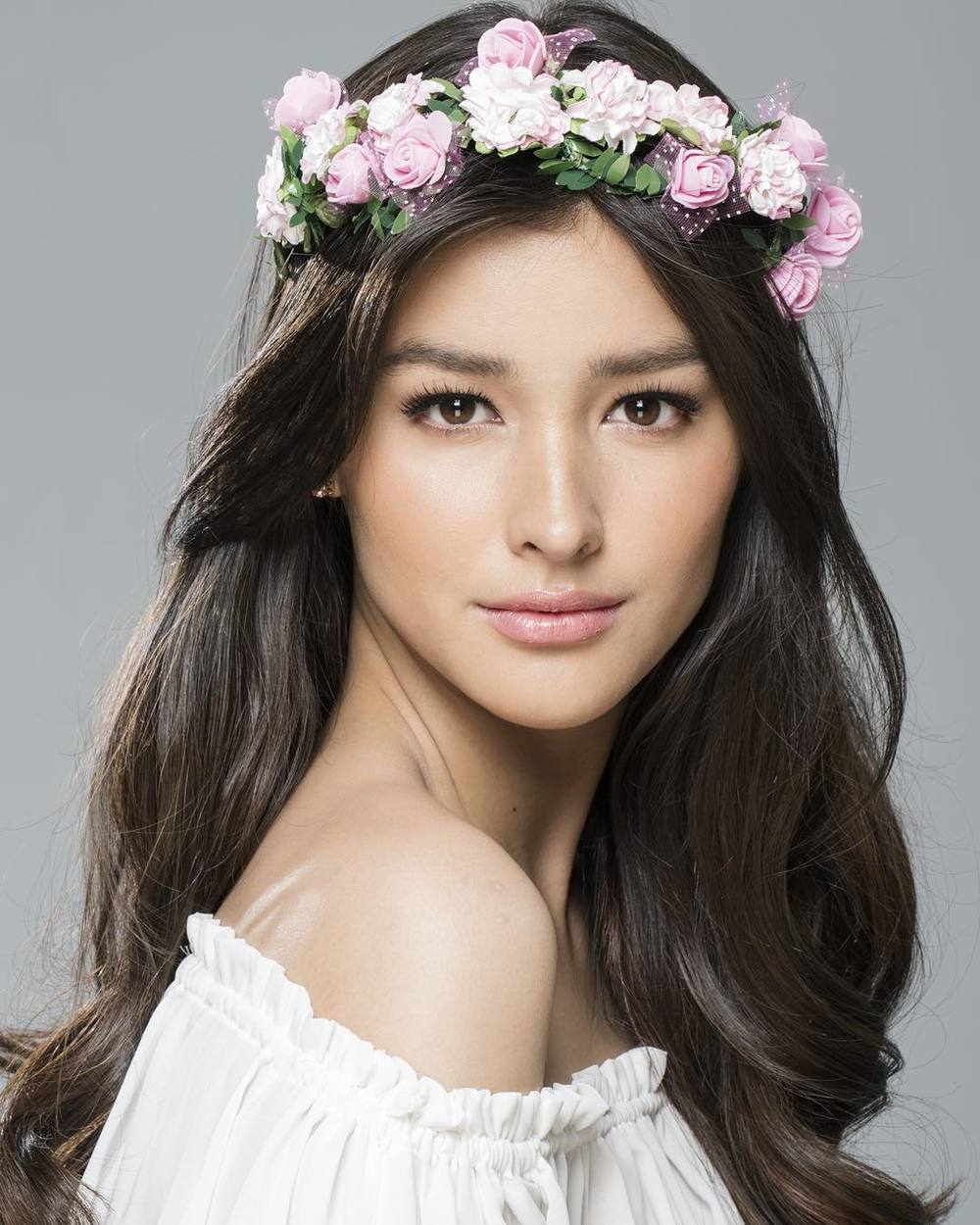
In a world where beauty standards are often defined by Western ideals, it’s time to break the mold and embrace a more diverse and inclusive representation of beauty. Filipino beauty standards, in particular, have long been overlooked and underrated. But now, there is a growing movement to redefine what it means to be beautiful in the Philippines.
With its unique blend of cultures and ethnicities, the Philippines is a treasure trove of beauty that goes far beyond the traditional notions of fair skin and Eurocentric features. From the rich and golden complexions to the stunning variety of hair textures and body shapes, Filipino beauty is as diverse as the people themselves.
This article aims to shed light on the changing landscape of Filipino beauty standards, highlighting individuals who are pushing boundaries and challenging outdated norms. We will delve into how social media, influential personalities, and cultural shifts have played a significant role in celebrating the beauty of Filipinos in all its forms.
Get ready to be inspired as we explore the fascinating journey of breaking free from stereotypes and embracing a new era of Filipino beauty. It’s time to celebrate the diversity and redefine what it means to be beautiful in the Philippines.
Contents
Historical Context of Filipino Beauty Standards
Filipino beauty standards have a complex history deeply influenced by colonization and the intermingling of cultures. Prior to the arrival of Spanish colonizers in the 16th century, Filipino beauty ideals were diverse and reflective of the various indigenous tribes across the archipelago. These standards focused on natural features such as tanned skin, dark hair, and strong, healthy bodies.
However, with colonization came the imposition of Western ideals of beauty. The Spanish colonizers considered fair skin and European features as superior, leading to a shift in the perception of beauty among Filipinos. Lighter skin tones became associated with higher social status, leading many Filipinos to pursue skin whitening products and practices to conform to the new beauty standards.
The Evolution of Filipino Beauty Standards Over Time
Over time, Filipino beauty standards female have undergone significant changes as the country continued to be influenced by different cultures and societal shifts. The American occupation in the early 20th century introduced a new wave of beauty ideals, with Hollywood stars becoming the epitome of beauty for many Filipinos. This period saw the rise of lighter skin tones, slim figures, and Westernized features as the new beauty standards.
However, in recent years, there has been a gradual shift towards embracing a more inclusive and diverse representation of beauty in the Philippines. The rise of social media platforms has allowed individuals to challenge traditional beauty norms and celebrate their unique features. Influencers and celebrities have played a crucial role in promoting body positivity, natural beauty, and the acceptance of different skin tones and body shapes.
The Influence of Media on Filipino Beauty Standards
The media has always played a significant role in shaping beauty standards, and the Philippines is no exception. For decades, mainstream media in the country has perpetuated the idea that fair skin and Eurocentric features are the epitome of beauty. This narrow representation has left many Filipinos feeling inadequate and marginalized.
However, with the advent of social media and alternative forms of media, there has been a shift towards a more diverse and inclusive portrayal of beauty. Influencers and content creators have used their platforms to challenge traditional beauty norms and showcase the beauty of Filipinos in all its forms. They have highlighted the beauty of darker skin tones, celebrated different body shapes, and emphasized the importance of self-love and acceptance.
Challenging Traditional Beauty Norms in the Philippines
Breaking free from traditional beauty norms is no easy feat, but many individuals in the Philippines are leading the way by challenging outdated standards and promoting a more inclusive definition of beauty. One such individual is Catriona Gray, the Miss Universe 2018 winner. Gray, with her stunning features and advocacy for inclusivity, has become a symbol of beauty that transcends traditional boundaries.
Other influencers and beauty brands have also been instrumental in challenging beauty norms. They have launched campaigns that celebrate Filipino beauty in all its diversity, showcasing individuals with different skin tones, hair textures, and body shapes. These initiatives have sparked conversations and empowered many Filipinos to embrace their natural beauty and reject narrow beauty standards.
Promoting Diversity and Inclusivity in Filipino Beauty Standards
It is clear that the landscape of Filipino beauty is changing, with a greater emphasis on diversity and inclusivity. The beauty industry is slowly starting to recognize the importance of catering to the unique needs and preferences of Filipinos. More brands are expanding their shade ranges to accommodate a wider range of skin tones, and campaigns featuring diverse models are becoming more prevalent.
In addition to the beauty industry, the education system also plays a crucial role in promoting diversity and inclusivity. By incorporating diverse representations of beauty in textbooks and teaching materials, young Filipinos can grow up with a broader understanding of beauty and a greater appreciation for their own unique features.
As we continue to redefine Filipino beauty standards, it is important to remember that beauty is not confined to a specific set of features or standards. True beauty lies in the diversity and uniqueness of each individual. By embracing our natural features and celebrating the beauty of all Filipinos, we can create a society that is more inclusive, accepting, and empowering for everyone.
Filipino beauty standards are undergoing a transformation, breaking free from the confines of Western ideals and celebrating the diverse and unique beauty of the Filipino people. The historical context, media influence, and the efforts of individuals and brands have all contributed to this shift towards a more inclusive and diverse definition of beauty. As we continue on this journey, let us celebrate the beauty that lies within each Filipino and redefine what it means to be beautiful in the Philippines.